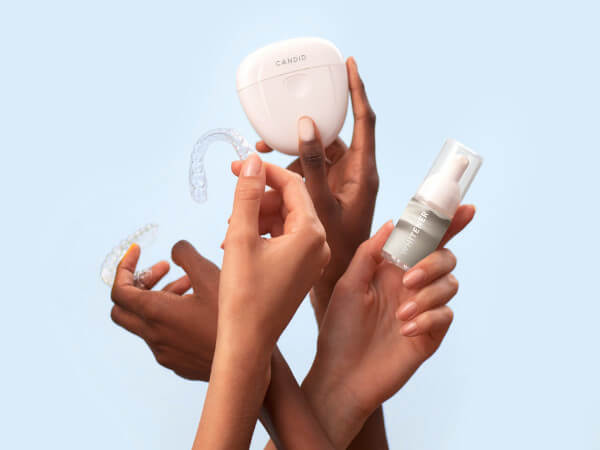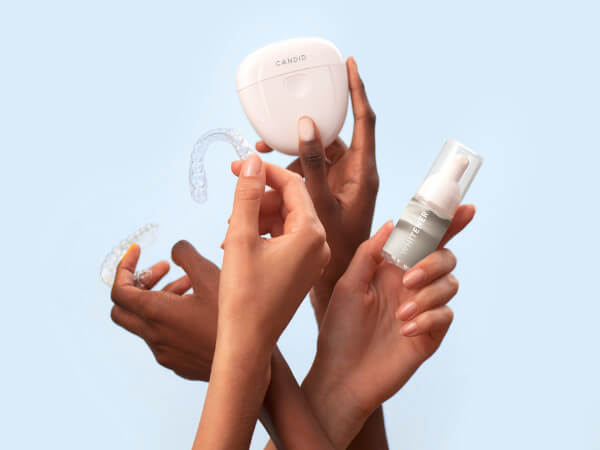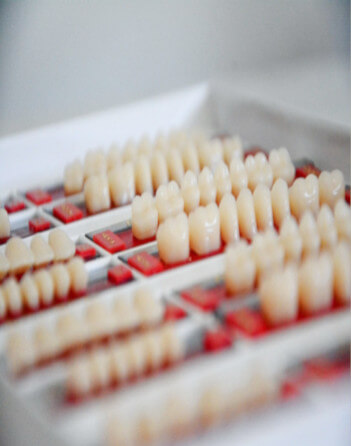Editor’s note: This is the 11th article in a series exploring the business aspects of the dental profession, from starting a practice and marketing to hiring staff and finances.

Dr. Deshpande
Doing a startup may seem exciting, but as I’m going through it myself currently, I can say it is one scary endeavor. Probably scarier than anything else I’ve ever done.
There are a million things going in my mind right now as I write this in February of 2021:
1. I still need to tweak my business plan with location demographic and competition analysis
2. Write out monthly financial projections for years 1-3 and send it to three of my mentors for their input and advice.
3. Cold call offices in the area to analyze competition; how good are they at answering their phones? How easy was it to make an appointment? Were my financial options explained to me (posing as a prospective patient) with ease?
4. Completing my pre-qualification process with a lender. At the time of this writing, there are only 2 banks in Washington state that are offering a startup loan.
5. Taking a course on Facebook marketing, and another on in-house membership plans, because I want to have a fee for service practice that focuses on providing the very best hospitality to our patients. This is difficult to do in my location- an urban Seattle suburb, where insurance dependency typically runs quite high.
Do you now know what I mean? These are the things running in my head, or anyone who is planning a startup. Are you ready for this life? All of this with the uncertainty of patients actually calling your office and making appointments. However, all said and done, that doesn’t mean we don’t go ahead with our plans. Here’s when I think all of you should consider before undertaking a startup.
1. If you’ve looked at all the practice brokerage websites for at least a year and found no practice that comes close to your vision.
2. If you’ve reached out to every dentist in your chosen location, who is above 55 years in age and asked them about a possible transition.
3. If all the practices you’ve seen so far seem small in size. For example, my vision was to have a 7-op practice because I see myself having an associate and at least 3 hygienists one day. Most of the practices in my market have a max of 5 ops. It is very difficult to expand a 5-op practice, unless there’s a vacant space next door or you change the location.
This is why it is so important to know your future vision and reverse engineer from there! If after a year of searching, your vision of practice ownership remains the same, consider doing a startup.
Questions about doing a startup? Feel free to reach out and follow my personal journey @dr.deshpande.
Dr. Sampada Deshpande is a general dentist based in San Francisco. A foreign trained dentist from India, Sampada earned her DDS from the University of Washington in 2018 and is a 2020-2021 UW-LEND fellow. Outside of clinical dentistry, she enjoys teaching at the New Dentist Business Club and improving access to technology in healthcare via her involvement in Samsotech. You can reach her directly at @dr.deshpande on Instagram or visit her website www.sampadadeshpandedds.com for more information.
Editor’s note: We know that finding the right practice can be overwhelming and time consuming. That’s why the ADA created ADA Practice Transitions (ADAPT), a service that matches you with practices that fit your practice approach and lifestyle. We provide customized resources to ensure you feel confident in your decisions and an ADA Advisor supports you during each step of the journey. Learn more at ADAPracticeTransitions.com.



